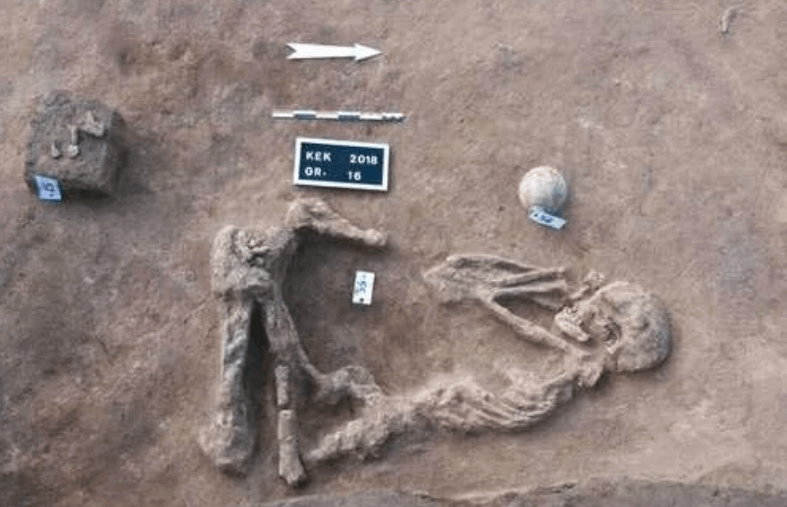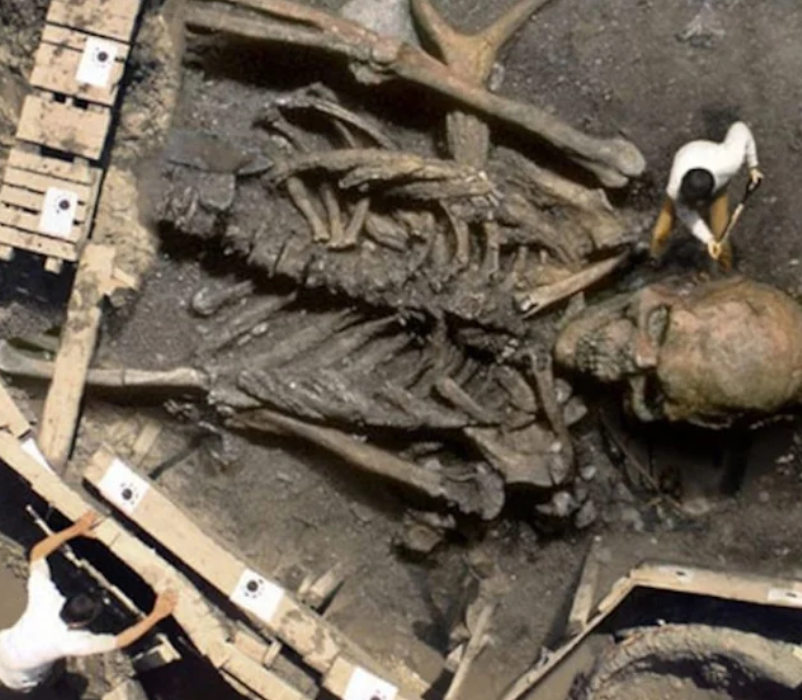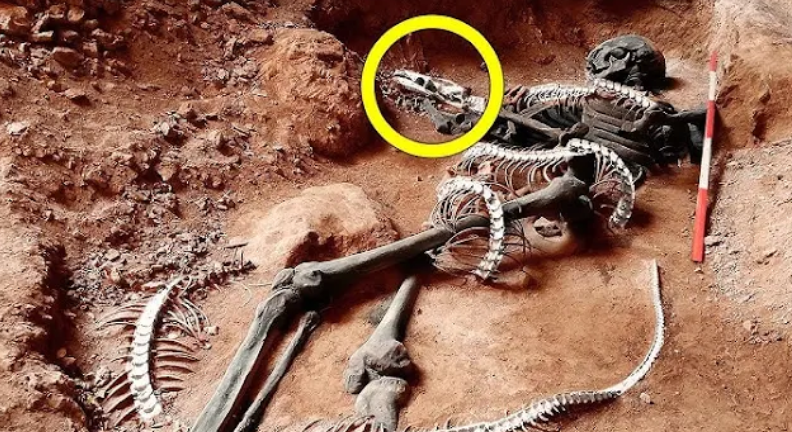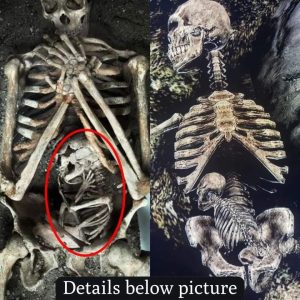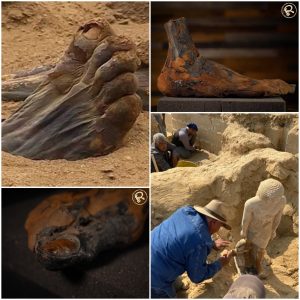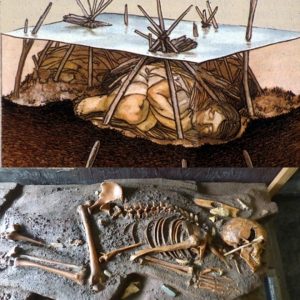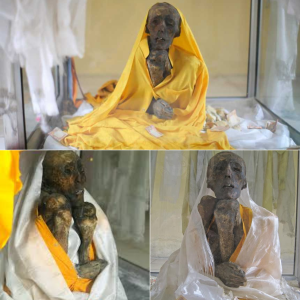Revealing an Archaeological Marvel: Giant ‘Skeleton’ Unearthed in Egypt, Astonishing Experts with its Unique ‘Supine Position’
In an extraordinary archaeological discovery, experts have unearthed a giant ‘skeleton’ in Egypt that is captivating the scientific community. The massive remains, found in an unusual supine position, are offering new insights into ancient Egyptian history and sparking debates among archaeologists.
The Discovery
The giant skeleton was discovered during an excavation in a remote part of Egypt, an area known for its rich archaeological heritage. The team of archaeologists was initially searching for ancient artifacts when they stumbled upon the astonishing remains. The skeleton’s size and condition have left experts both puzzled and intrigued, as it does not resemble any previously discovered remains in the region.
Unique Supine Position
One of the most remarkable aspects of this discovery is the skeleton’s unique supine position. Unlike typical ancient burials in Egypt, where bodies are often found in a fetal position or aligned with specific rituals, this skeleton was laid flat on its back. This atypical positioning raises questions about the individual’s identity, cultural practices, and the reasons behind such an unusual burial method.
Significance of the Find
The discovery of the giant skeleton is significant for several reasons. Firstly, its sheer size suggests it could belong to a person of considerable importance or to a period when individuals were generally larger. Secondly, the supine position might indicate a different burial practice or cultural influence not yet fully understood in ancient Egyptian history. This find could potentially rewrite aspects of our understanding of ancient burial customs and societal structures.
Scientific Analysis and Theories
Researchers are conducting a range of scientific analyses to determine the age, origin, and cause of death of the individual. DNA testing, carbon dating, and forensic examinations are underway to gather as much information as possible. Some theories suggest that the skeleton might belong to a lineage of ancient giants, a hypothesis that, while controversial, adds to the mystery surrounding the find.
Broader Implications
This discovery has broader implications for the field of archaeology and our understanding of ancient civilizations. If the skeleton indeed represents a different lineage or culture, it could provide new insights into the interactions and migrations of ancient peoples. Moreover, it might challenge existing theories about the development and evolution of human societies in the region.
Expert Reactions
The archaeological community is abuzz with excitement and curiosity about the giant skeleton. While some experts urge caution and call for more evidence before drawing conclusions, others are eager to explore the potential implications of the find. The unique characteristics of the skeleton make it a subject of intense study and debate.
Conclusion
The unearthing of a giant ‘skeleton’ in Egypt, with its unique supine position, stands as a remarkable archaeological marvel. As experts continue to study the remains, the discovery promises to unveil new chapters in the story of ancient Egypt and its people. Whether it leads to a reevaluation of historical narratives or confirms existing theories, this find underscores the endless possibilities and mysteries that archaeology can reveal.

